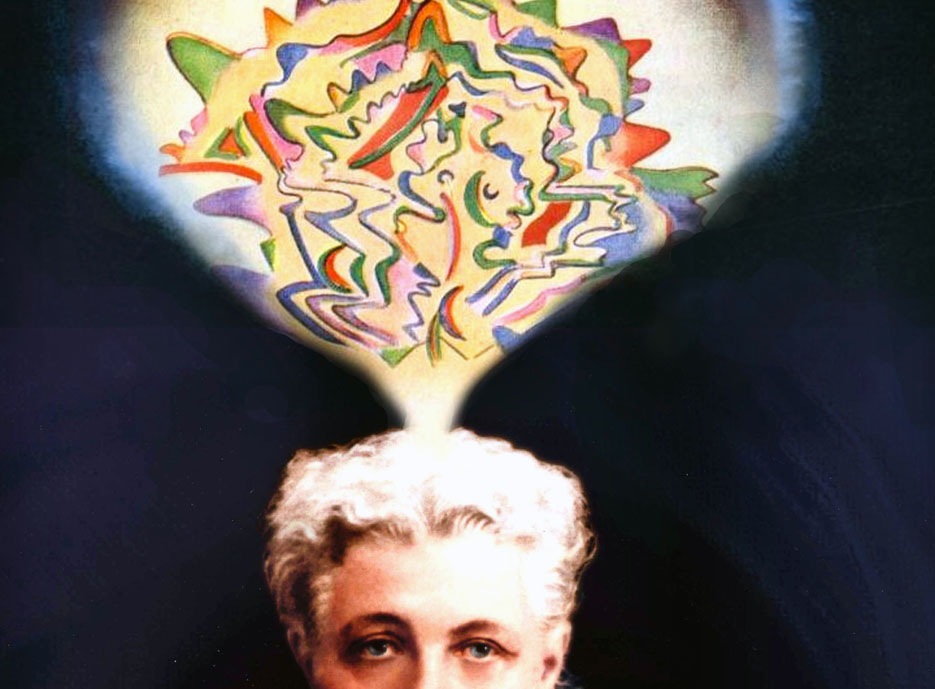Designing the enchanted future
David Rose on the IoT’s impact on our relationship with technology.
 Thought-Forms (1901), Victorian Occultism and the Art of Synesthesia (source: Annie Besant and Charles Leadbeater)
Thought-Forms (1901), Victorian Occultism and the Art of Synesthesia (source: Annie Besant and Charles Leadbeater)
I recently sat down with David Rose, entrepreneur, instructor, and researcher at MIT Media Lab, and author of Enchanted Objects. Rose refers to everyday objects with embedded sensors and cloud connectivity as “enchanted objects.” These objects tap into one of our basic desires, which Rose identifies as omniscience, telepathy, safekeeping, immortality, teleportation, expression. (He created a poster identifying some of the Internet of Things (IoT) devices organized by the human desire each addresses.) While there is plenty of experimentation taking place in this space, the products that will thrive will add value to our lives by tapping into one or more of these desires.
When looking at technology and its implications, Rose starts by focusing on user needs. He discusses how IoT is changing our relationship with technology and points out that computing is a means to an end — to improve ourselves and our world:
“I am confident that enchanted objects will change how we live. They will change health. They will change transportation. They will change housing. They will change how we understand our own habits around energy and resource conservation, and they will even help us with creativity and expression. I’m confident there’s a promising future in terms of this new way of interacting and positioning ourselves relative to technology. I think one of the biggest challenges is to not think about this as computing. I don’t think there is a ‘future of computing’.”
IoT and designer’s balancing act
The IoT has placed designers in the familiar role of translator — translating between technology and humans, and in the process revealing technology’s value. It’s very much a balancing act. Designers aim for the perfect amount of friction in our interactions with devices and services in order to provide safe and natural interaction experiences — experiences that provide just the right amount of friction while avoiding the “uncanny valley.” Rose explains:
“The uncanny valley is a notion that was introduced by Masahiro Mori, a roboticist who says that the more our robots approach human likeness, the more we’ll be attracted to them until they start to look so human-like that they threaten us. At that point, our attraction to them will fall off of a cliff — he describes that cliff as the uncanny valley where they will appear to us like zombies.”
Focus on user needs and desires
Rose advises designers and entrepreneurs alike to focus on creating products and services that focus on human desires and needs — omniscience, telepathy, safekeeping, immortality, teleportation, expression, as mentioned above:
“If you can invent things that resonate with people’s existing drives, desires, fantasies — the ones that we’ve had for a millennium that are revealed through fairy tales and through folklore and through pop culture — you’re much more likely to succeed.
“I encourage entrepreneurs and inventors to make sure they’re resonating on one of these frequencies and talking about their products in terms of satisfying one of these drives.”
You can listen to the entire interview in the player below, or through our O’Reilly Media SoundCloud stream.
This interview is part of our ongoing exploration into experience design and how it will shape our future.
